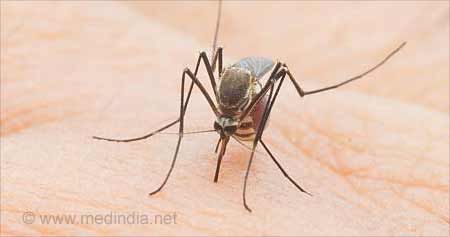New statistical framework developed by scientists can be used to assess mosquito control programs over broad time and space scales.

‘Effective methods of controlling mosquito populations are needed to help lower the worldwide burden of mosquito-borne diseases including Zika, chikungunya, and dengue.’





In the new work, Robert Reiner, of the University of Washington, United States, and colleagues designed a framework to model Ae. aegypti abundance over space and time and applied it to a citywide intervention carried out in Iquitos, Peru over a 12-year period. The interventions included multiple rounds of insecticide spray over large urban areas. Data spanning 1999 to 2010 was available on insecticide applications as well as mosquito abundance, from 176,352 household-level Ae. aegypti abundance surveys conducted using hand-held mosquito aspirators. The new model accounted for both biotic and abiotic drivers of mosquito population and provided an estimate of what mosquito populations might have looked like had spraying not been conducted. For the data from Iquitos, the model successfully captured spatial and temporal variation in Ae. aegypti abundance within and between years and across the city. The researchers found that with complete neighborhood coverage of insecticide, Ae. aegypti abundance decreased by an average of 67% in the treated neighborhood.
"Our framework can be directly translated to other interventions in other locations with geolocated mosquito abundance data," the researchers say. "Results from our analysis can be used to inform future vector-control applications in Ae. aegypti endemic areas globally."
Source-Eurekalert












